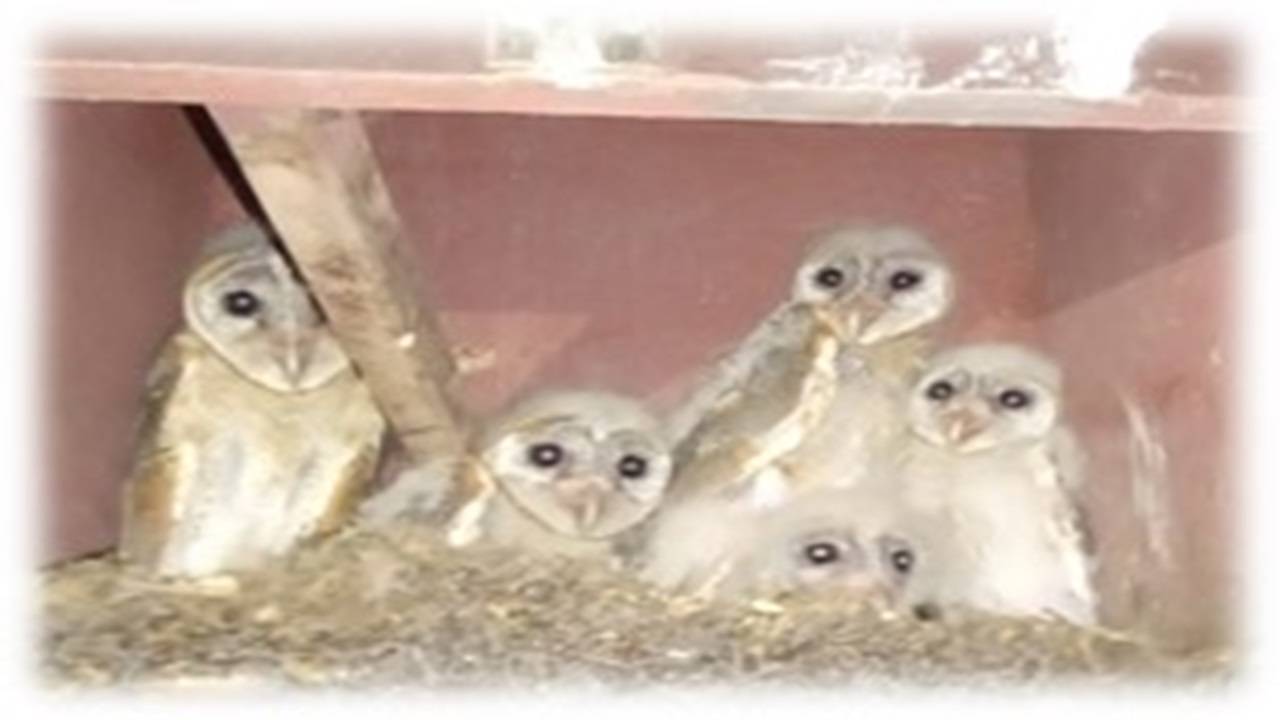
Kavaratti Island accommodates coconut in an area of 2,674 ha with a production of 87 crore nuts. The estimated loss due to the rat menace accounts for 40% of the island.
Since 2014 KVK-Lakshadweep has attempted to introduce barn owls as a counter to reducing the rat menace with the technical and financial support of UT administration and Kerala Agricultural University. Based on the devised protocols, KVK translocated barn owls from Kerala. The translocations were performed with intense interactions and permissions from the Government of Kerala.
At present, the Owl population has increased to 25 and above. Primary data was collected from selected coconut gardens and it was perceived that a considerable rat population has declined due to the introduction of Barn Owls. Observations on the collection of pellets revealed that the Barn Owls have consumed rats.
There has been a wide appreciation and felt need to continue this initiative as it is an effective biological control method for reducing rats in the islands that affect the coconut palms.
Three pairs of barn owls shipped to the Lakshadweep Islands from Kerala in 2019 have apparently proven such skillful slayers of pesky rats which have been ravaging the coconut plantations that the Union Territory is hoping to recruit more of the “winged assassins”.
The Lakshadweep Administration had embarked on the ‘Pilot project on Biological Control of Rodents (Rats) by Using Barn Owls (Tyto alba) in Kavaratti Island’ after studies revealed the shocking extent of damage caused by rats to the island's coconut yield and economy.
Barn Owls can be easily found across the globe except for desert and polar areas.
















